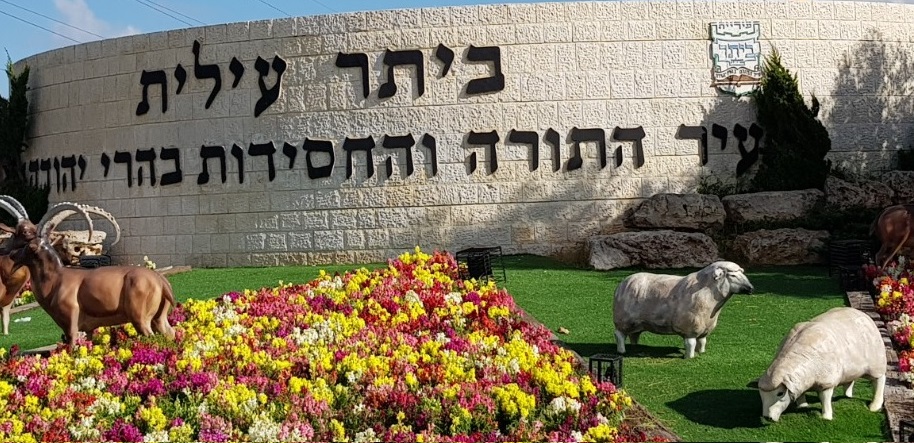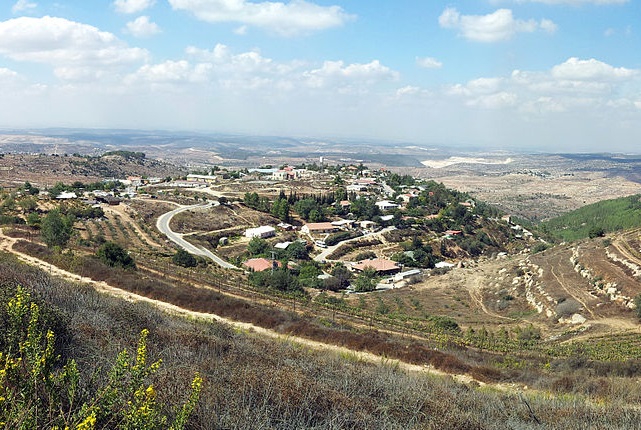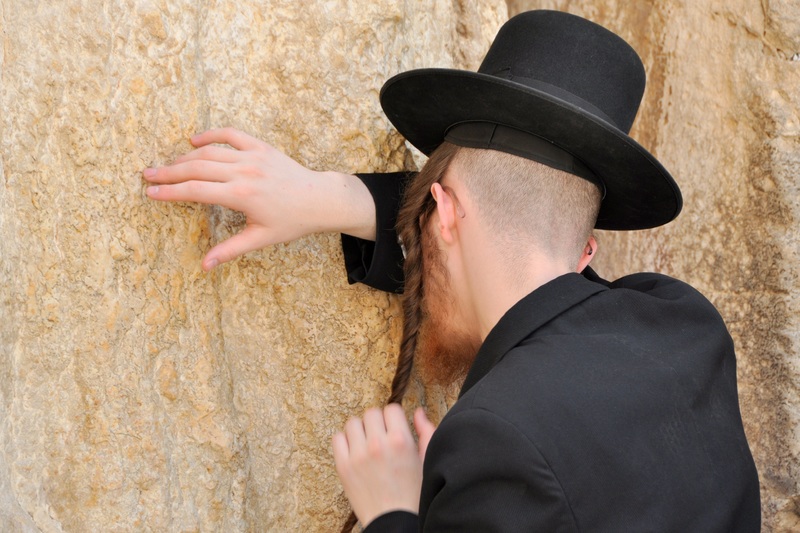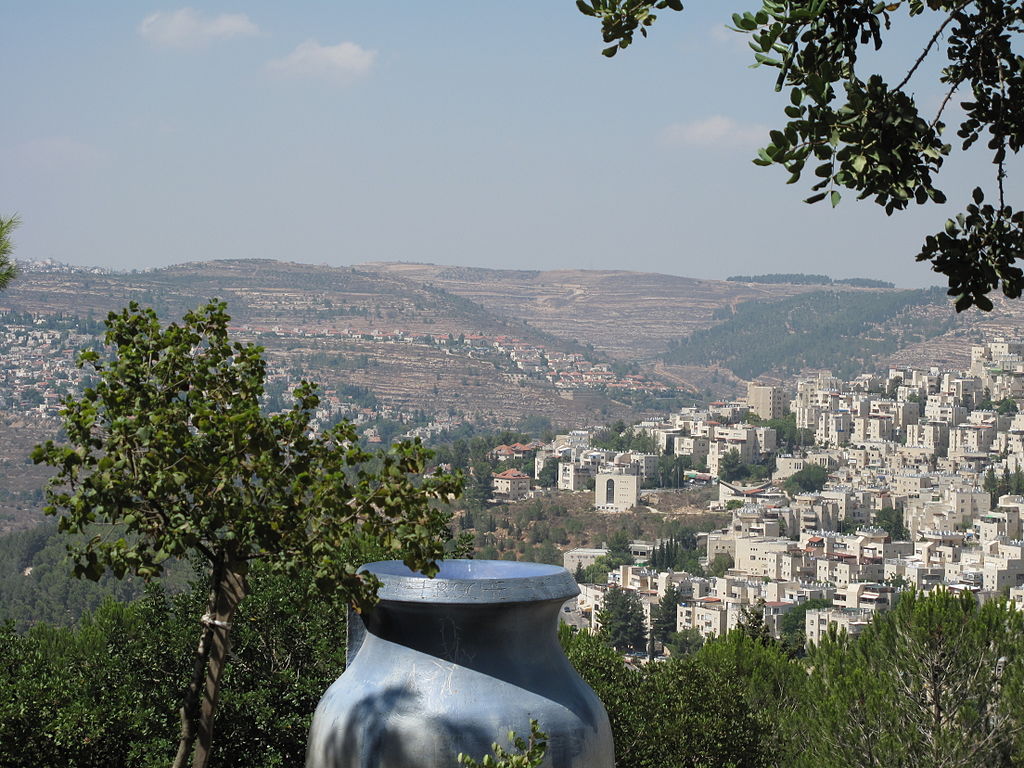Various Perspectives and Experiences of English speakers Living in Eretz Yisroel
I want people to know that life in many places here in Eretz Yisroel—the lifestyle, values, and education system—is very different than that in America. I love this life, but it is different, and it does have its challenges. People shouldn’t come here thinking they can continue living just like they did in America, only with the perks of living in Eretz Yisroel. Sometimes the challenges actually “are” the positives. That’s because life here is just “different.”
Many communities in Eretz Yisroel are more polarized, and the penalties for non-conformity are higher. Adults who hate labels and stereotypes and see themselves as a unique mix of the best of multiple worlds will have a hard time in those communities. Take a city like Beitar for example where I live—even if they befriend like-minded people, no chinuch system here supports that attitude. Children need clarity, harmony between home and school, and a peer group to which they feel they belong. From my observation, the children of adults who try to raise their kids in the almost non-existent middle ground (i.e. between Chareidi and Modern Orthodox), usually wind up going up or down spiritually—and unfortunately, down is much easier than up. When I was in seminary, somebody advised me that if I wanted to live here, I should pick the group that I wanted to be part of and conform to their standards. It was good advice, and I took it.
It’s harder to acquire gashmiyus but easier to acquire ruchniyus. It’s harder to make money, but easier to get the things that money can’t buy.
People here live in more crowded conditions and smaller apartments. This fosters more interaction with neighbors. As a general rule, Americans value self-sufficiency, while Israelis value chessed. Borrowing, lending, and helping neighbors is a way of life, including passing along things that you don’t need, from leftovers to clothing and from furniture to appliances. My older children spend a lot of time outside, riding bikes, building forts, and otherwise keeping themselves busy with their friends. They are certainly not plugged into screens. This lifestyle also fosters independence. Children in Eretz Yisroel are more independent than their American counterparts. Our six and seven-year-old boys are able to travel to their local schools by themselves on public buses.
It’s a simpler and more wholesome life. I feel like I’m raising my kids in a previous generation. Also, I’m raising my kids in a Chareidi bubble. While at some point our children will encounter the bigger world, the values and norms of that world will be abnormal to them.
A word about finances: Tuition, childcare, and healthcare are substantially cheaper here. Just to shock you, cheider is around 300 shekalim (about $85) per month, while if you send your girls to the “public” Beis Yaakov schools (as opposed to private schools), there is no tuition. Over three months of paid maternity leave is no joke either. If you live in a place like Beitar, you can easily live without a car. The standard of living is also lower. Then again, income is also substantially lower. (This is especially true if the husband is learning, which is more common here than it is in chutz la’Aretz).
I don’t know how to describe it, but there is just more spirituality in the air. Emuna, bitachon, and yiras shomayim come a lot easier here. I think that this is a function of Eretz Yisroel itself, plus of the nature of the Chareidi community here.
This focus on ruchniyus leads to some major differences in the boys’ chinuch system. The American system tries to produce well-rounded students who know some kodesh and some chol and are somewhat prepared to both learn and work. In contrast, the Israeli Chareidi system in many communities is designed to produce talmidei chachamim. It’s a higher-risk, higher return investment. A kid who makes it will go so much further than he would in America (at least in the Torah-studies department), but there are more kids who don’t make it, and would need extra parental input to make them happy with being well-rounded, shiur-going, working men. It is definitely true that “success” is far more narrowly defined for boys here, especially during their school years. As for adults, roughly half of the men in Beitar work. It is also true that at least in the Litvish world, learning is considered the most prestigious.
I speak as the mother of two boys with ADD/ADHD who works very hard to help them succeed within the system. One started Ritalin and is now one of the top boys in his class and loving the experience. The other is in a kita mekademet, a special education environment within a regular school, with smaller class sizes, more individual attention, built-in therapies, etc. I am very glad that this classroom exists within a regular cheider, with no extra costs involved. When I lived in L.A., no such option existed. There are definitely many ways to help children who are struggling, although some of these struggles would be alleviated by a more flexible system.
It is a package deal; but I chose this package, and I’ve never regretted it.
Finally! An American-Style Kehillah Coming to Beitar B!
In America, your shul is also your social kehillah and support system, but in Eretz Yisroel’s Chareidi Litvish community, this is not so common. First of all, the Israelis usually have a lot more family support. Secondly (perhaps consequently), Israelis tend to have a shtieble mentality, where they daven each tefilla wherever it happens to be most convenient, as opposed to seeing themselves as belonging to a particular shul.
American immigrants, usually without nearby family, sorely lack this support. Thus, so far, Beitar addresses this need with the mere presence of other chutznikim. The Beitar N’shei has a few melave malkas each year, organizes meals in case of need (after birth, etc.), and operates a very popular email list. In Beitar A, there are two English-speaking kehillos, Rabbi Friedman’s Yeshivas Birkas Mordechai and Rabbi Stern’s shul, Ohel Torah. As for Beitar B, my husband’s friend, Rabbi Zevy Stark, is building an American-style shul/kehillah.
– Shira Yael Klein, Beitar Illit
This article is part of our Eretz Chemdah series featuring Anglo-Chareidim living in, settling, and building up Eretz Yisroel. A joint project of Avira D’Eretz Yisroel, Kedushas Tzion and Naava Kodesh, coordinated by Yoel Berman – info@naavakodesh.org.
Reprinted with permission from Naava Kodesh.



